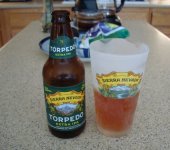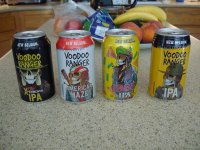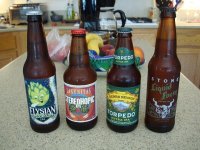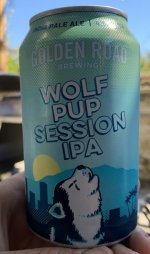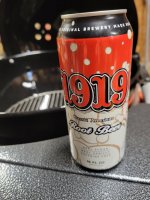What did you mean by roasty/toasty malts for a porter, but more base malt for a stout? What's a base malt?
To really answer that, you probably should know more about the process to turn grain into malt.
1) Begin the sprouting process by adding a little water to the grain.
2) Spread the grain out on the malting floor.
3) When the sprout just barely starts to break through the husk, transfer to a kiln.
4) Roast the malt to the desired flavor & color.
5) Cool and either store, or brew.
Maltsters have a lot of control at each step in the process, but it is a variable agricultural input. The choice of grain, barley, wheat, rye, etc., how much moisture to add for germination, temperature & humidity in the malting floor, and the roasting process itself.
One of the big measures of a malt is the color, expressed in degrees Lovibond. This can range from practically no color change at all from the input grain (0 degrees Lovibond, IIRC,) to a crystal malt which is just on the bitter edge of being scorched (100 degrees L.) Base malts are very lightly roasted. When you get up into the 50 to 80 degree L range is when you start developing the very roasted & toasted flavor characteristics (possibly a Maillard reaction?) The color of the malt is extracted during the mash process along with the sugars from the malt, and that will make your finished product a light beer, a dark beer, or something in between.
One other thing to remember. Step 2 is where the starches in the kernels begin the conversion process to sugars by enzymatic processes. The mash process during the brew is very dependent on water temperature and pH (pure distilled water makes a horrible beer.) There's only about a 10 degree window for conversion, and brewers try hard to get to within a degree of their target temp, as there's a significant difference in what's extracted across the range of temperatures.
Our dual-drive mills crush more uniformly than traditional single-drive mills. From flaked oats to Breiss malts, we have what you need for a great brew day.

www.northernbrewer.com
That site has a good display of the range of the range of malts, and that's all for home brewers. I'm spoiled, Northern Brewer is based close to where I live, unfortunately, it's now owned by Anheuser-Bush Inbev (and that's caused a lot of homebrewers to stop buying there.) Coincidentally, if you look at their packaged kits, they have good descriptions of the final beer and what goes into each.


